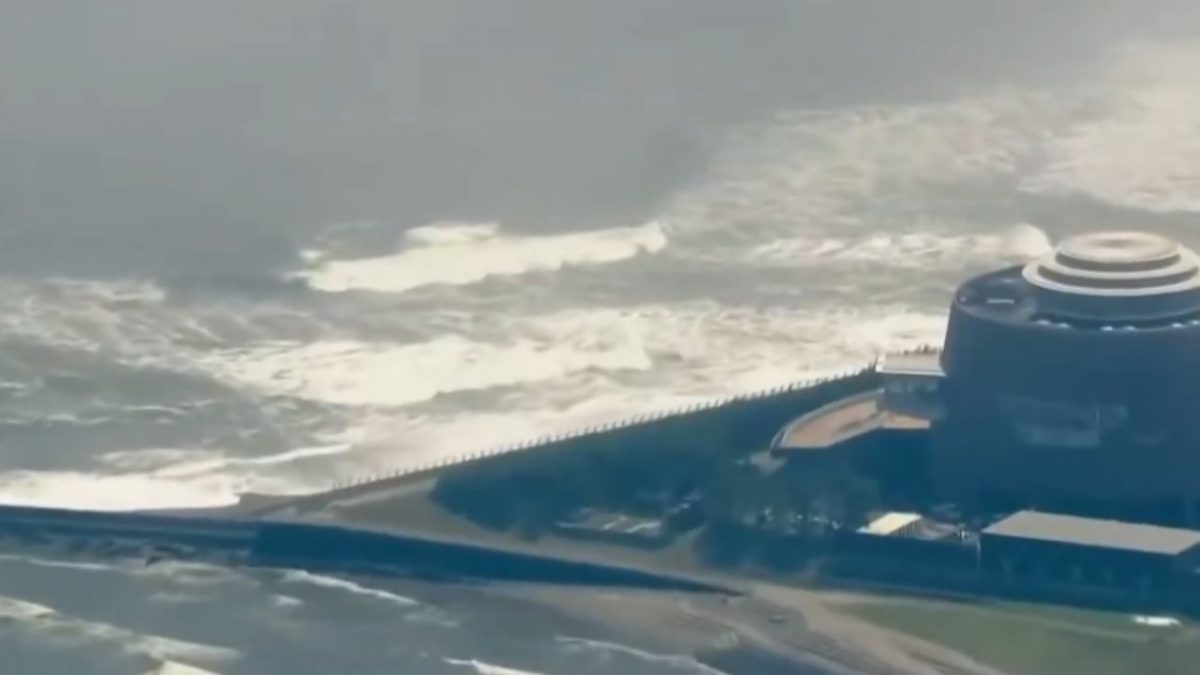Tsunami waves began crashing onto the shores of Hokkaido, Japan, early Wednesday (July 30) following a powerful 8.7 magnitude earthquake in Russia.
The Japan Meteorological Agency reported that waves reaching up to 40 centimetres (1.3 feet) were observed in 16 locations, moving southward along the Pacific coast from Hokkaido to just northeast of Tokyo.
The highest wave recorded so far, measuring 50 centimetres (1.6 feet), struck Ishinomaki, according to the agency.
🌊 BREAKING: Tsunami waves begin hitting Japan’s coastline
— CelebWatch (@ItsCelebWatch) July 30, 2025
Sirens are blaring. Residents are rushing to higher ground.
This is the impact of the massive M8.7 quake near Russia.
⚠️ Stay alert. Stay safe. #Japan #Tsunami #Earthquake #BreakingNews pic.twitter.com/6tezy3eiIO
BREAKING 🚨 Tsunami waves have started to hit Japan’s after a massive 8.7 Magnitude Earthquake
— MAGA Voice (@MAGAVoice) July 30, 2025
Pray for everyone in Japan 🙏 pic.twitter.com/pu1yXh5lPG
The earthquake was initially measured at a magnitude of 8.0 by Japanese and US seismologists. The US Geological Survey later revised this to a more alarming 8.7 magnitude, making it one of the most powerful quakes globally since the devastating 9.0-magnitude earthquake off Japan’s northeast coast in March 2011.
In response to the tsunami threat, Japan’s Fire and Disaster Management Agency earlier issued an evacuation advisory affecting over 900,000 people across 133 municipalities, spanning from Hokkaido to Okinawa. However, an updated advisory was issued later for 2 million residents.
While it remains uncertain how many residents heeded the call to seek shelter, no injuries or damages have been reported so far, according to the Associated Press.
Impact Shorts
More ShortsThe tremor also prompted immediate action at Japan’s Fukushima nuclear plant, where workers were evacuated following the issuance of a tsunami warning.
Authorities across multiple countries have cautioned that subsequent waves could be significantly higher, urging heightened vigilance along vulnerable coastlines.
As Japan braces for potential further impacts, the memory of the 2011 disaster looms large, highlighting how the region remains vulnerable to seismic events and their far-reaching consequences.


)

)
)
)
)
)
)
)
)



